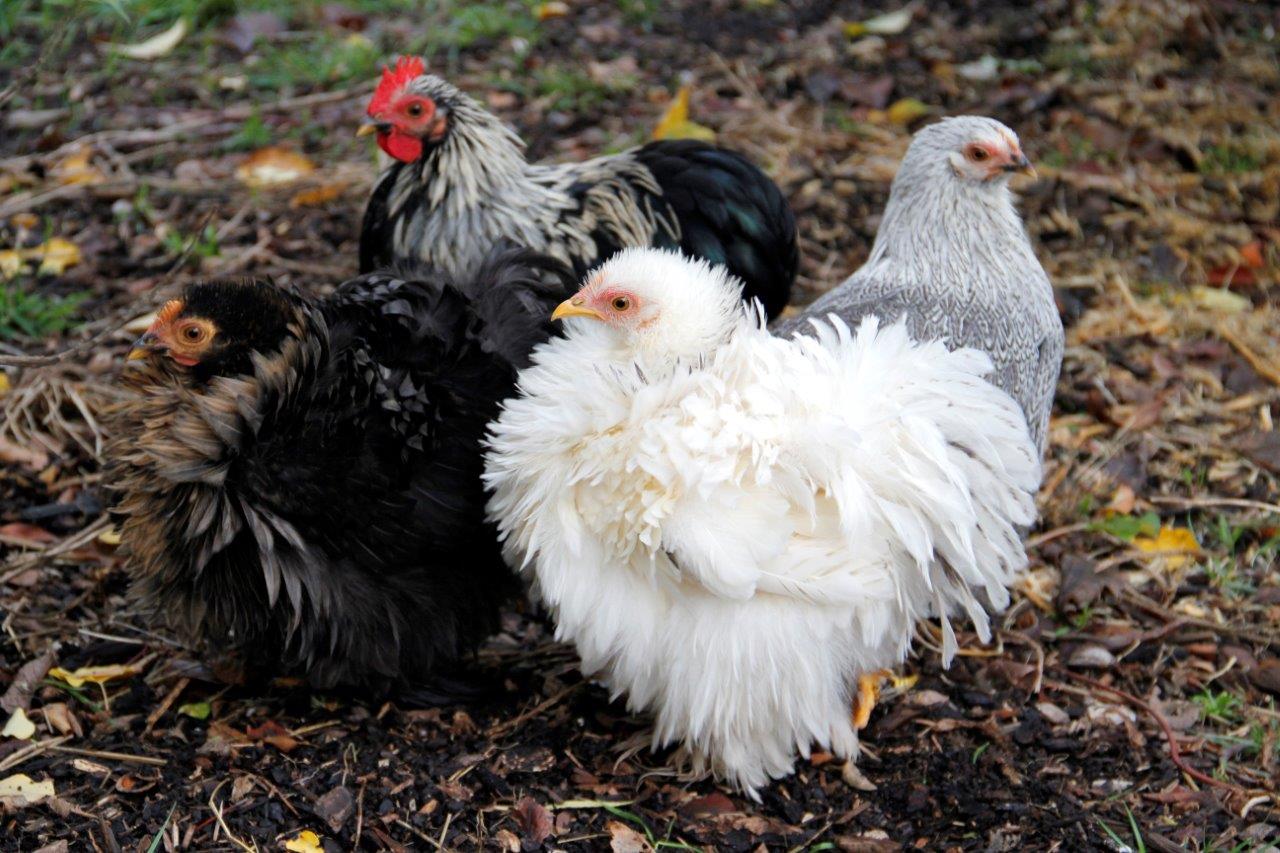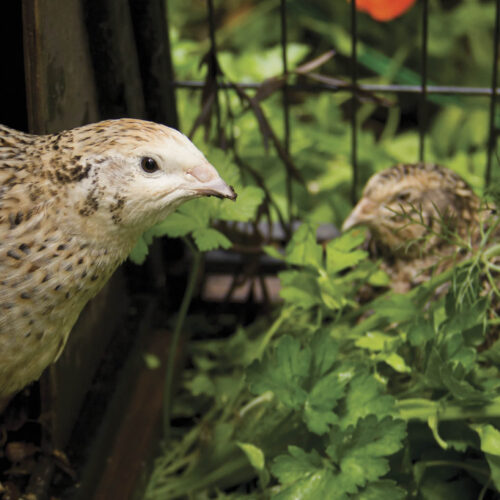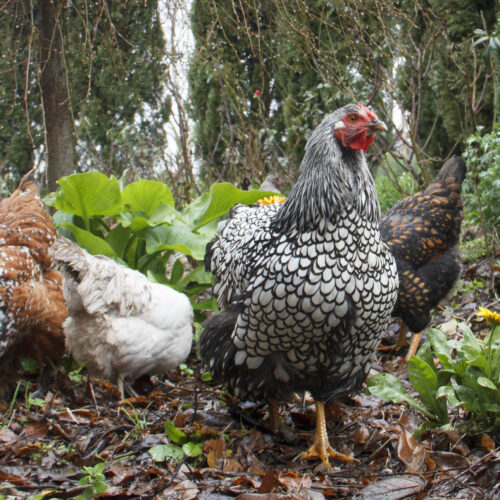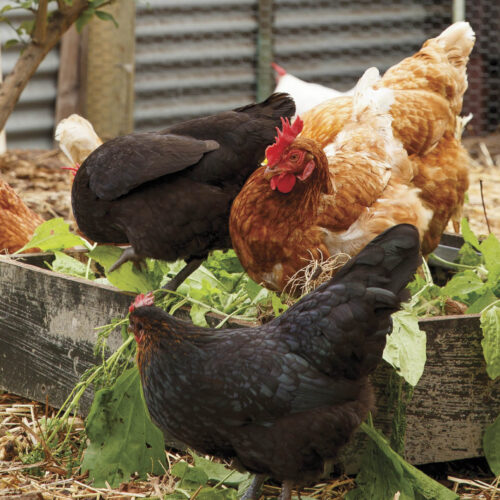New chook on the block
2015-05-08T01:36:28+10:00
Meet and greet. JESSAMY MILLER's tips for how to introduce the new chooks on the block.
Ever moved house? It’s a stressful time for us – but worse for chickens. When birds are added to an established flock, they start at the bottom. They get the least feed and water, the worst spot on the perch, and more than a few sharp pecks. In fact, it can trigger a complete shake-up of the pecking order. Yes, the feathers may fly! We all need to buy new birds occasionally; here are some simple steps you can take to help make the meet and greet with the flock go smoothly.
Quarantine
A word to the wise. It’s advisable to quarantine new birds for three weeks so that you don’t introduce parasites, infections or diseases to your existing flock. When stressed, chickens often succumb to diseases they have come in contact with, but would normally fight off. Quarantine allows these to be expressed and resolved. Also treat any lice or mites during this time.
Holding Pen
New birds will settle in quicker if the flock can get familiar with them before they are thrown together. Ideally, they can see, but not touch each other. If you have a run, separate a section with wire mesh for the new chickens to range within sight of the established flock. Make sure they have shade, food and water, and housing. Alternatively, put a holding pen in the run where the new chooks can be safely and temporarily housed in view of others for a week before combining. Holding pens are also useful for quarantining, housing sick birds or de-brooding cluckies. Mine is a decommissioned rabbit hutch.
Tips
- Introduce new chooks in pairs or more; a single fowl is more likely to be bullied.
- Make sure new birds are at least 12 weeks old and able to protect themselves.
- Introduce newbies at night, in the dark, so they all wake up together.
- Provide a distraction; hang a cabbage, throw in some tasty scraps, or provide a bale of lucerne for the flock to work over. This will shift focus from the newcomers.
- It can help to combine all the birds in a new location, or rearrange the henhouse: this puts everyone off their game.
- Ensure there is adequate space for everyone to feed at the same time, and perch at the same height.
- Monitor the situation for the first few days and if chooks are being attacked, remove them until the following week. If blood is drawn, do not reintroduce fowls until they are fully healed, as other birds will peck at wounds or scabs.
Meeting unfamiliar faces can be a nerve-wracking experience for anyone; these tips will help your birds get accepted into their new crew.






